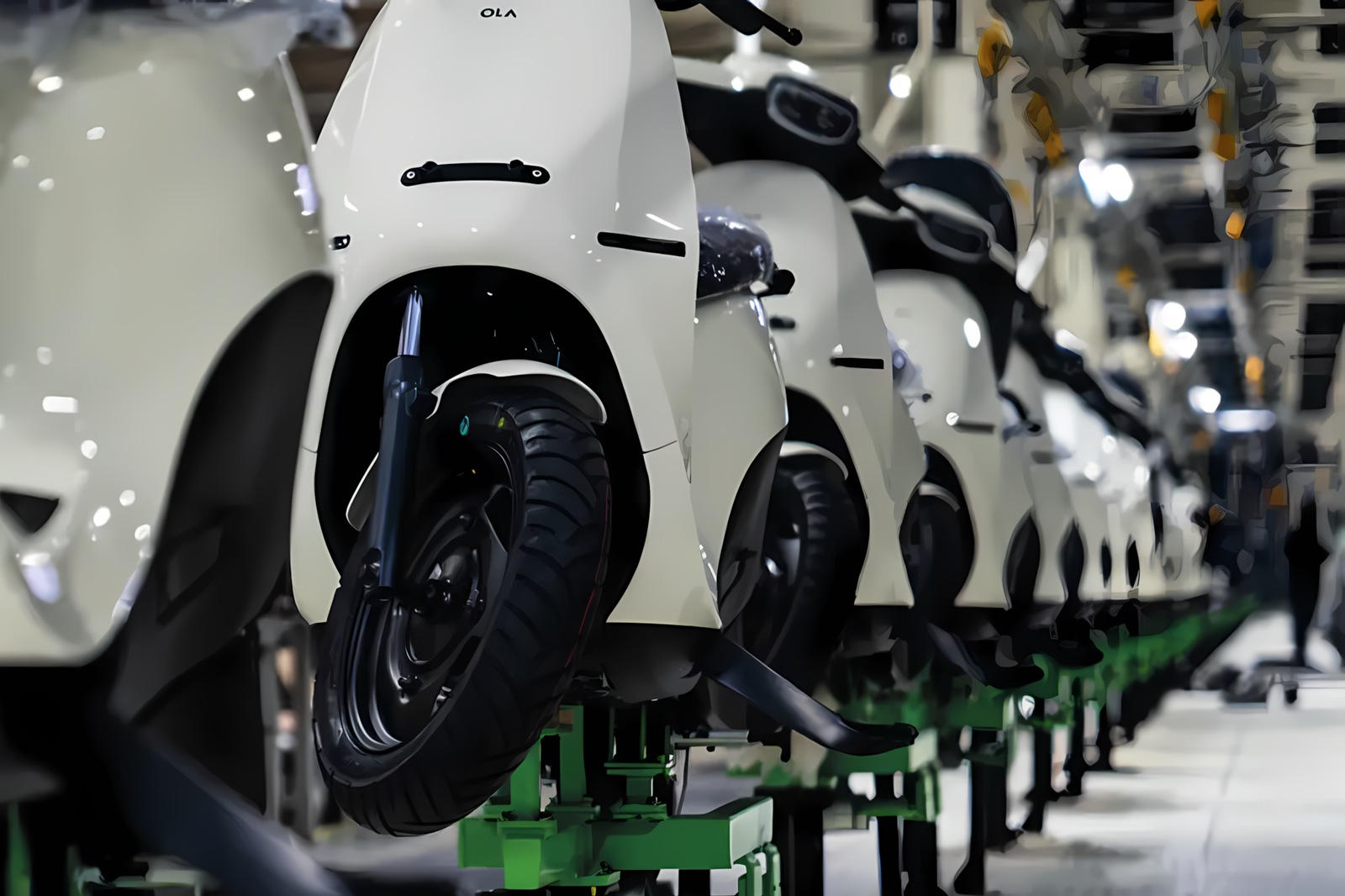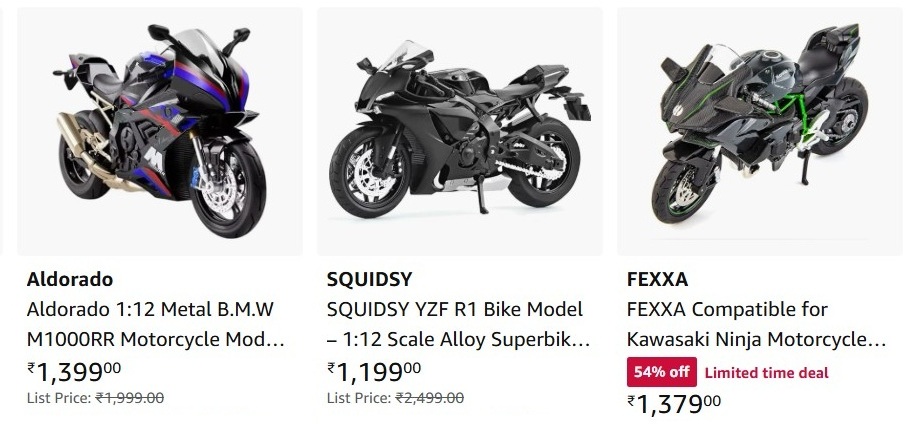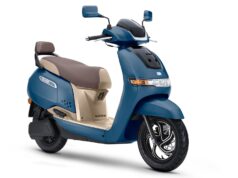The Indian government finally rolled out its detailed guidelines for its much-talked-about EV manufacturing scheme. The plan? Entice global makers to set up shop in India by offering them a tempting deal: they can import up to 8,000 electric four-wheelers a year at a slashed customs duty of just 15% (down from the current 70–100%). The catch? These companies need to commit to investing at least ₹4,150 crore in local manufacturing.
Even though the scheme was originally announced way back on March 15, 2024, the Heavy Industries Ministry only just released the fine print. With the guidelines now out, EV makers can gear up to apply once the official window opens — which is expected in the next couple of weeks and will stay open for at least 120 days.
According to the ministry, eligible companies will be allowed to bring in fully built electric vehicles (CBUs) valued at a minimum of $35,000, at the reduced 15% duty rate, for five years from the date their application is approved. But this isn’t a free-for-all — there’s a cap. The maximum duty foregone per applicant is limited to ₹6,484 crore, or the amount they actually invest, whichever is lower.

To qualify, companies must invest the ₹4,150 crore within three years of getting approval and must set up and begin operations for manufacturing electric four-wheelers in India during that period. The investment can cover new plants, machinery, equipment, utilities, and R&D, but not land purchases. That said, new buildings that are part of the main plant or utilities will count — as long as they don’t exceed 10% of the total investment.
Reaction quote by Mr Sachin Alug, CEO, NLB Services on the new EV scheme and its potential impact on the employment.
“The announcement of the new EV policy is a pivotal move in fast-tracking India’s green mobility goals. By tying import duty concessions to local manufacturing commitments, the government is sending a clear message to global EV players: India welcomes investment, but with a strong emphasis on ‘Make in India’. This strategic approach not only encourages foreign participation but also reinforces the domestic ecosystem, paving the way for job creation and technological advancement. To help India cut down carbon emissions by a whopping 1 billion tonnes, the EV industry is expected to have 200,000 professionals in the workforce by 2030. As the sector expands, we expect a notable rise in demand for roles in EV software management, embedded electronics, UI/UX designers, Ionic developers, etc.”
There’s also a strong push for domestic value addition (DVA). Companies have to hit 25% DVA within the first three years and 50% within five years of getting approval. They can also count up to 5% of their investment toward setting up charging infrastructure.
To make sure companies stay true to their commitments, they’ll need to back everything up with a bank guarantee — either matching the total duty they’re saving or ₹4,150 crore, whichever is higher.
Applications will be accepted through a formal notice inviting applications, with the first round lasting 120 days or more. And if needed, the Ministry can reopen the window until March 15, 2026.
There’s also an application fee of ₹5 lakh, and some financial eligibility criteria: the applicant (or its group) must have global automotive manufacturing revenue of at least ₹10,000 crore and a minimum of ₹3,000 crore in global fixed asset investments, as per their latest audited financials.
In short, this scheme is India’s way of rolling out the red carpet for serious global EV players — with incentives on the table, but only for those ready to put their money where their mouth is.




































